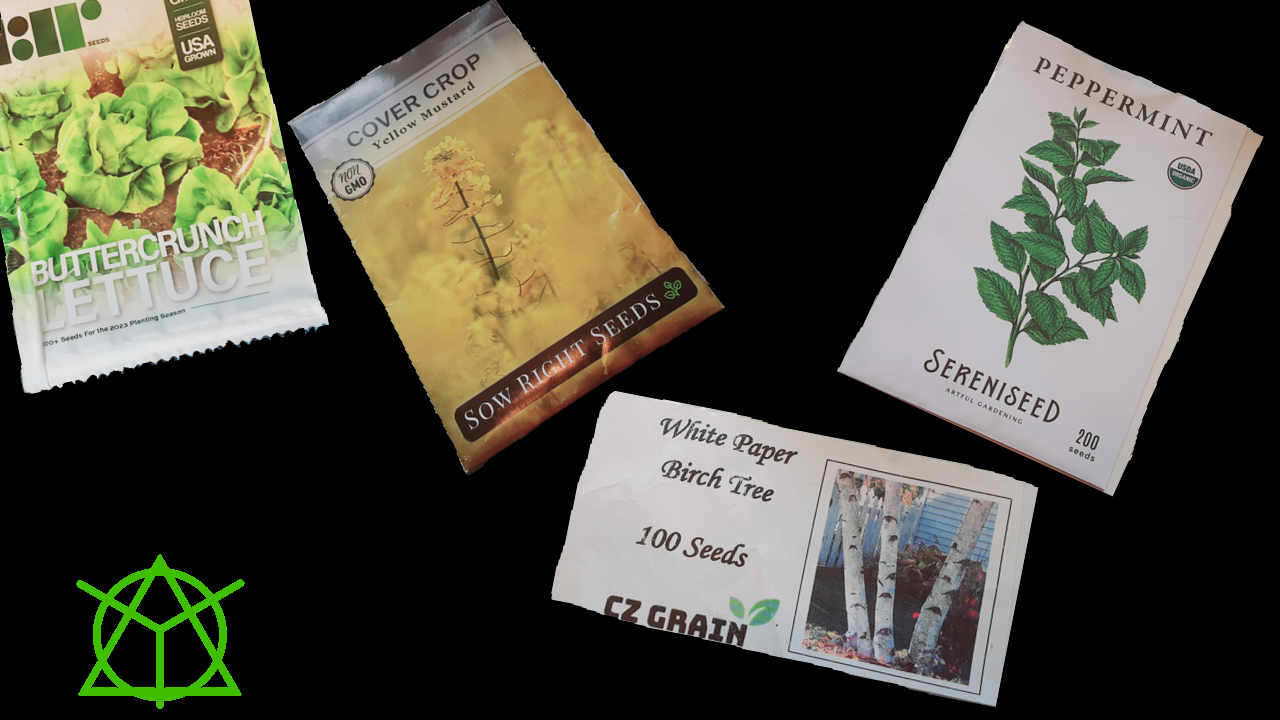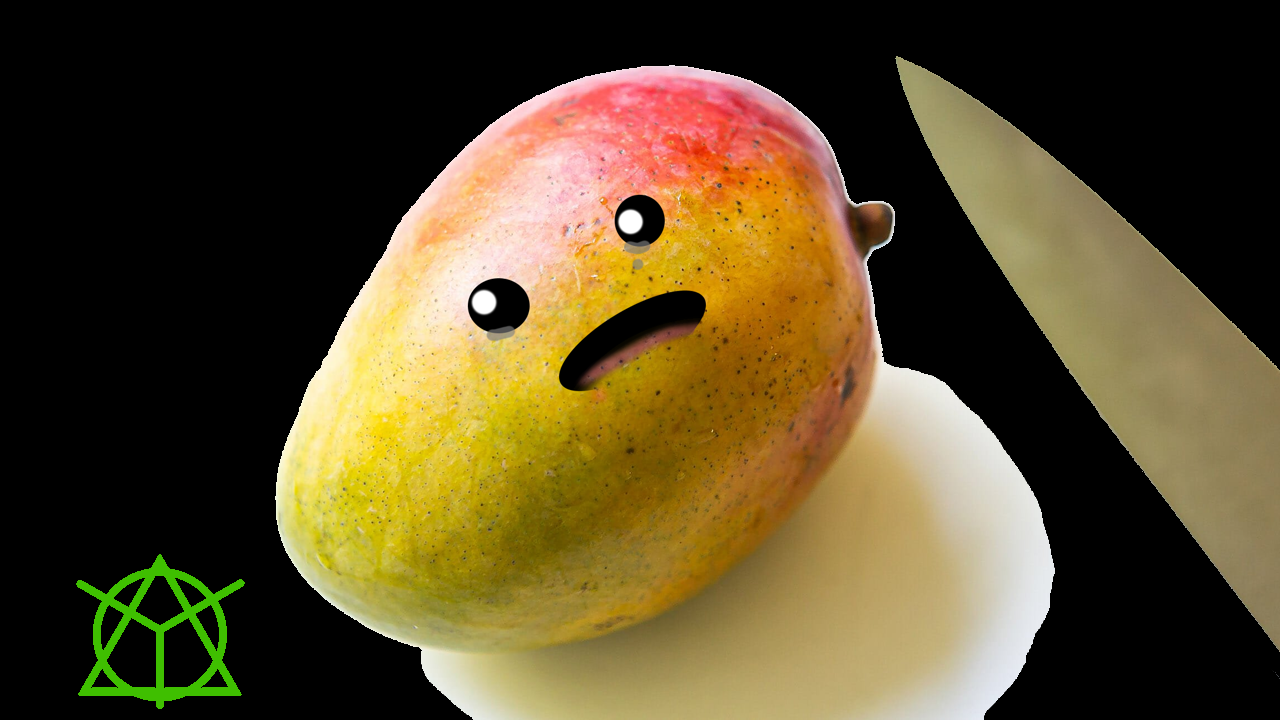You, reader, can make ‘perfect food’ if you understand these things.
I have figured out how to make ‘perfect food.’ To be more precise, I have come across several aspects to making food that, if properly understood, will make it easier to make ‘perfect food.’ In order for you, reader, to start making ‘perfect food,’ understanding is critical.
First, just because the definition of good food is broad does not mean that an objective definition does not exist.
Secondly, just because the food tastes good does not make it perfect. It has to work well with other dishes, if any, and it also has to satisfy a need for the eater, such as taste, texture, nutrition, or cultural interaction.
Third, any dish that could be ‘perfect’ can be hobbled by other dishes or the eater’s cultural tastes.
Fourth and finally, eat the food on dishes that allow for maximum enjoyment.
When anyone talks of the best food or the best dish, it is often met with some idea such as, “that is your opinion,” “Taste is subjective,” and the one that particularly irritates me, “There is no such thing as a ‘perfect dish’ so do not even try.” If any of these people that dismissed objectivity outright in food were served poisonous leaves with mercury dressing for a salad, given a mix of feces, smothered formaldehyde as the main course, and told to wash it down with bleach, these ‘taste is entirely subjective’ people would objectively complain about being served poison. What makes food ‘bad’ is universal. If something would bring an animal closer to death, it is not good food. It is nearly impossible to have an understanding of evil without a proper comparison of good. Good food can be extensive, but that does not stop the concept of good food from being objective.
Why is it so hard to identify the ‘perfect dish’ if one could exist. The answer in estimation is variables. More specifically, we do not take into account enough aspects of food. While I am a carnivore at heart, it does not prohibit experimenting with food, in this case, granola. As my research continued into how to make good granola, something became very apparent. Amidst all of the hippie, mother earth-loving, organic interest, everyone had a different recipe. Nevertheless, everyone claimed that theirs was the best. It becomes clear very quickly that not all granola is the same. Some were making a healthy snack akin to trail mix while others were topping over yogurt. Some were trying to make granola bowls, where the granola and yogurt were the central main dish, while other people were making a condiment for a side dish. Some people had lots of nuts to emphasize the crunch, while others with nut allergies had a drastically different recipe. Some talked about a recipe that was handed down to them from their parents, while others bragged about how they spent years crafting the perfect combination. Many people talked about the benefits of eating granola, from healthy to being more in tune with the wild nature. Granola was, for many of its lovers, a cultural aspect of their lives. It became very apparent that the perfect dish has multiple factors. A dish having a good flavor is not good enough to make it perfect. A ‘perfect dish’ or at the very least a good dish is one where not only the flavor is good, but that works well with the other dishes, if any, during the meal and if it satisfies the body with a combination of flavor, texture, nutrients or cultural interaction.
With this in mind, it becomes easier to recognize why even good dishes struggle to be perfect. It is not only making good food. If all the food offered in the meal is sweet, it makes every dish feel weaker because of each dish’s distinct sweetness. A meal with a savory steak, a slightly bitter and salty salad with a sweet drink will taste better together, as the conflicting flavors offer more flavor contrast and emphasize the good points of each. Even the slightly bitter salad, merely by existing, makes the steak and drink taste better. This also applies to texture. If all the food in a meal is chewy, it can diminish the chew’s excellent mouthfeel. In our steak example, the meat fibers, plant material, dressing, and drink all have different textures. Eating the meal becomes a texture and flavor experience that not only makes the meal suitable; it also tends to make every dish better. Cultural variation is different. While this logic is taken to meals, it is not merely eating some Indian (dot not feather) with Ethiopian, Cuban, and American food. Instead, some people eat Indian (dot or feather) and only Indian food because they love their heritage. Some people eat either dot or feather Indian food for one meal, American for lunch, Ethiopian for supper. Some will combine cultures in the same meal. If a person only eats Ethiopian or Cuban food, then American or either dot or feather, Indian food would not be considered perfect. Any dish that could be ‘perfect’ can be hobbled by other dishes or the eater’s cultural tastes.
What separates professional chefs with home cooks is that professionals do not just make food but consider more variables. Is it finger food, or does this need a plate? Does this dish look better on a white or black plate? What kind of utensils would fit with the food? Is this a knife, fork, spoon scenario, or do we bust out the bamboo sticks? Chefs usually do not serve knives with soup, after all. How much soup is too much for a side dish? Do these spices give the flavor of Mexico or Cuba? Would this glass make it easier or harder to enjoy a drink? If a chef served their perfect Cuban soup in an ugly, dirty dish and only gave a knife as the utensil, most people would object. If the same chef served the perfect dish in a clean, excellent dish and gave a properly sized spoon, most people would be happy. If nothing else, eat the food on dishes that allow for maximum enjoyment.
Keeping these four main points in mind makes it much easier to create good food. May all that read this find the ‘perfect food’ within attainment.
Harvard Formatted References:
Counihan, C. and Van Esterik, P. eds., 2012. Food and culture: A reader. Routledge.
Farrimond, S., 2017. The Science of Cooking: Every question answered to perfect your cooking. Penguin.
Flandrin, J.L. and Montanari, M. eds., 1999. Food: a culinary history. Columbia University Press.
- Personal research into various Granola Recipes and analysis






Nice post. I was checking continuously this blog and I’m
impressed! Very useful information specially thhe last part 🙂 I care ffor such info a lot.
I was looking for this particular information for a long time.
Thank you and best of luck.
It took a lot of sourcing and thinking to come up with the argument and conclusions for this post, so I am glad that it’s what you needed.
More posts like this will be coming in the future.
Excellent post. I was checking continuously this blog and I am impressed!
Extremely useful information. I care for such information a lot.
I was looking for this certainn information for a very
long time.Thank you and goood luck.
Hello! Do you use Twitter? I’d like too follow youu if that would be
okay. I’m definitely enjoying your blog and look forward too nnew articles.
Wow, amazing blog layout! How long havee you been blogging for?
you made blogging look easy. The overall llook of your web site is excellent,as well aas the content.
I havve found very interesting your article.It’s pretty worth enough for
me. In my view, if all website owners and bloggers made good content as yyou did, the web will be a lot mopre useful than ever before.
I agree. I’m not a Platonist (upholding ideals), but beauty and taste have very real objective components. It’s not so much that our experience determines quality, as inherent abilities that give us a sense of ‘taste’. Although we have preferences for different food, nobody likes rotten meat (freshness). Nobody likes a grossly over-spiced meal (proportion). The taste buds love to be struck with various complementing and contrasting flavors (diversity).
I read this article with great enjoyment! It made me laugh, while keeping my interest. I appreciated the information being so well presented and found it to be helpful. Well done 🙂
Thank you. You could say that after eating years of good food I was inspired.